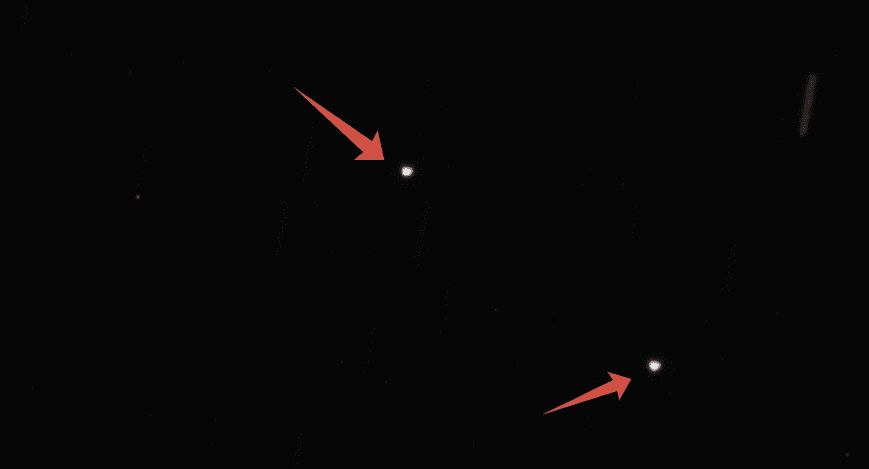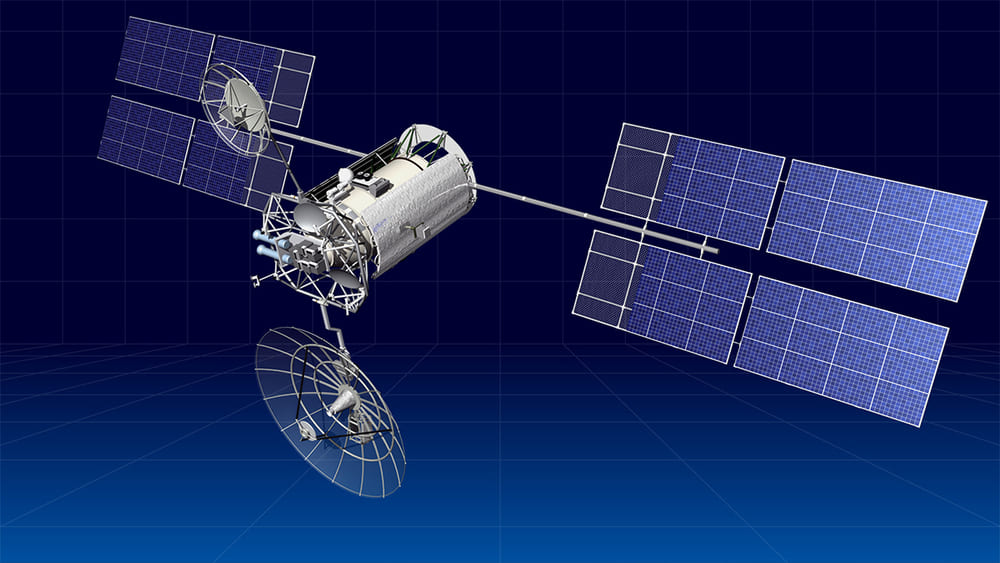It would appear that a Russian military satellite, named Luch-2, was found to be in close proximity to a geostationary satellite last month. This follows a similar incident involving its predecessor, which was found to be eavesdropping on other nations’ satellites on multiple occasions since 2014.
In May 2024, Aldoria, a French startup that tracks satellites in orbit using a network of ground-based telescopes, alerted satellite operators to the fact that it had detected what it believed to be a sudden close approach by the Russian Luch-2 to a satellite positioned in geostationary orbit. The maneuver by Luch-2 occurred on April 12, 2024 at a distance of approximately 35,780 kilometers from Earth’s surface, according to a statement released by the company. Aldoria did not disclose what satellite Luch-2 might have been monitoring or precisely how close it approached the object. The minimum distance between the two objects was 6.2 miles (10 kilometers), while today (June 3) they are about 12 to 30 miles apart (20 to 50 kilometers), according to Saloua Moutaoufik, Aldoria’s public relations manager, who kindly shared this information with Space.com via email.

The news of this close approach comes shortly after U.S. intelligence officials and the Pentagon expressed concern about Russia’s deployment of a different military inspector satellite into the same orbit as a U.S. government satellite.
The Russian satellite, Cosmos 2576, has been identified as a potential counterspace weapon, capable of attacking other satellites in low Earth orbit. This information was shared by U.S. Ambassador Robert Wood during a U.N. Security Council meeting on May 20. Russian Deputy Foreign Minister Sergey Ryabkov has expressed his disagreement with the Pentagon’s claims, suggesting that they may be misinterpreted as fake news.
Meanwhile, the Russian Luch-2, alternatively known as Olymp-2, was launched in March 2024. In October that year, it moved within 37 miles (60 kilometers) of another geostationary spacecraft. By early December, it had left this position and was observed to be loitering near a different satellite, according to autonomous monitoring by Slingshot Aerospace, a space data analytics firm focusing on spaceflight safety.
On both occasions, Slingshot did not identify the satellites, but representatives from the company kindly informed SpaceNews that the information could be useful for satellite operators who are concerned about security in space.
Luch-2’s recent maneuvers are not unprecedented when it comes to Russian spacecraft behavior. The satellite’s predecessor, Luch-1, was a known interloper that was found close to other nations’ satellites on multiple occasions, including in 2015 when it sparked international concern after it was parked directly between two Intelsat satellites for five months, at times maneuvering to about 6.2 miles (10 kilometers) of the American space vehicles.
While Intelsat officials said at the time that the Russian satellite did not interfere with their satellite services, this was the first publicly documented incident of a commercial operator being approached by a foreign military satellite, according to SpaceNews. In 2018, France accused Russia of using Luch-1 to try and intercept communications from one of the country’s satellites used for military purposes, calling it “not only unfriendly, but an act of espionage.”
An analysis by an American non-profit think tank found that Luch-1 had hopped among at least 19 different spots around the geostationary belt as of 2020. Such maneuvers by Luch-1, which Russia launched in 2014, have led to a heightened sense of vigilance within the space community, according to Aldoria. This was stated in last week’s news release.
“Luch-2, like its predecessor, has a history of unusual maneuvering near other satellites in geostationary orbit, which has also prompted questions regarding its mission,” the company wrote.
View the original article here
Author of the article Sharmila Kuthunur


